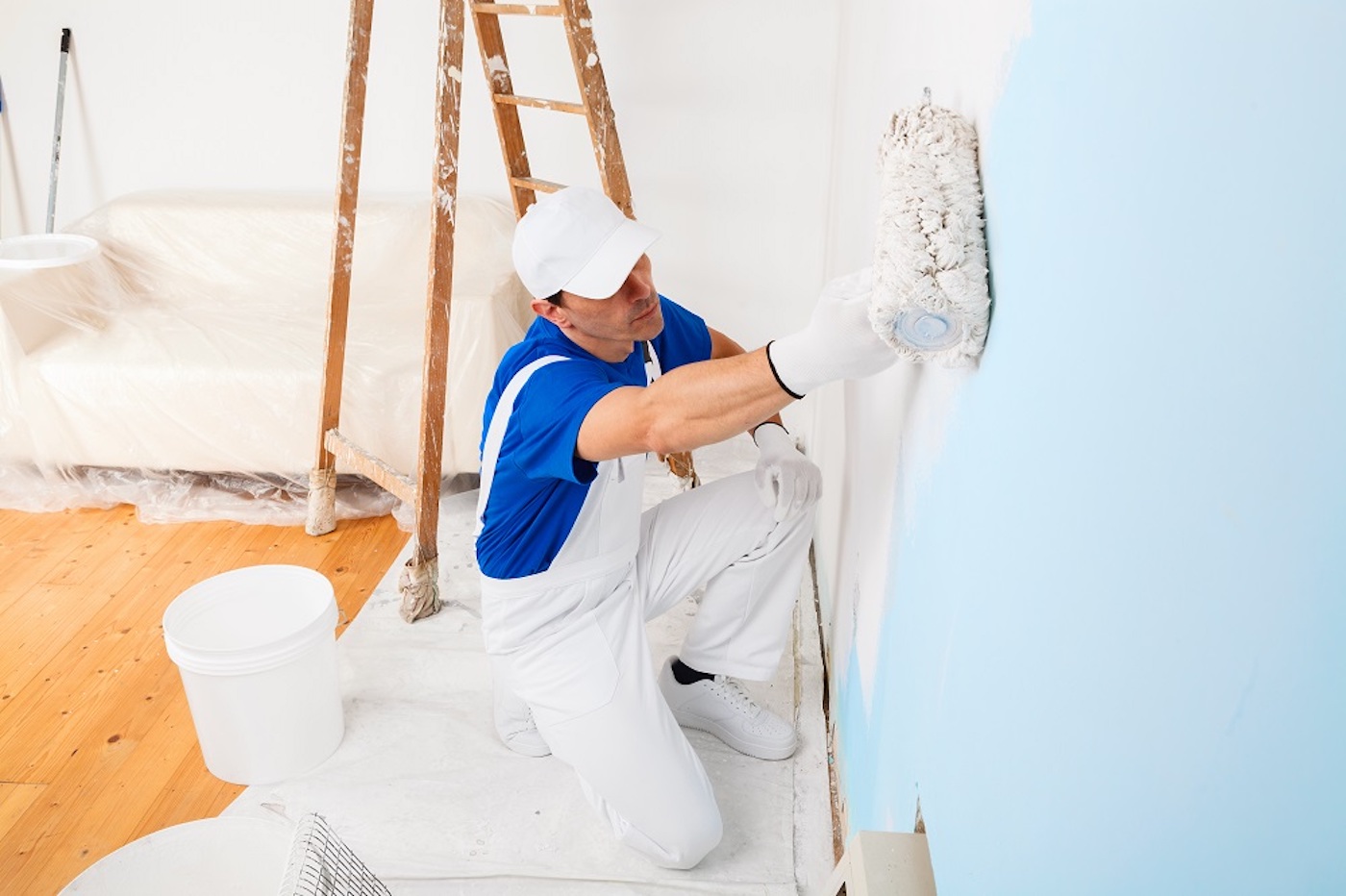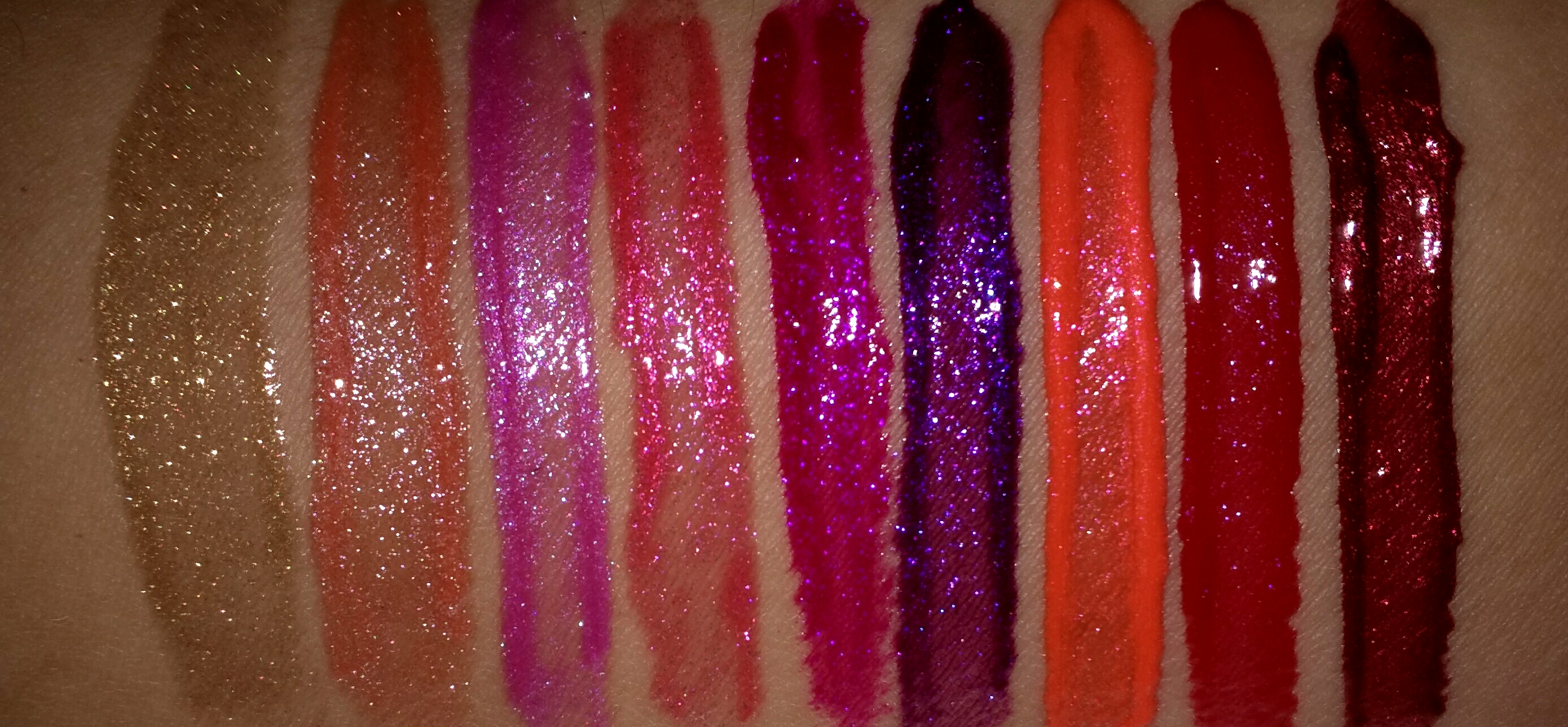
Paints differ in composition – they are oil, acrylic, latex, etc. It is important to understand how this affects their properties.
Acrylic Paints
This paint can be called one of the most versatile when it comes to interior painting services. It is ideal for painting walls, the surface is easy to clean, many acrylic paints can be used in rooms with high humidity. It should be borne in mind that after application, the paint will change color. Fresh paint and dried paint have a completely different shade, so it is worth either performing a test painting of a small area or familiarizing yourself with the real paint color in the catalog.
Latex Paints
Very durable interior paints are commonly used in industrial premises. They are perfectly applied to concrete and brick, they are not afraid of moisture and temperature drops. Of course, they can also be used in ordinary rooms if you want to achieve increased stability of the painted surface.
Silicone Paints
This type of paint can hardly be called a budget. Why is its price so high? Silicone paint is durable, fireproof. In addition, it does not interfere with the room “breathing”, perfectly passing steam and gas through its surface. Most often, this paint is used to apply to individual interior elements, and not to paint the entire wall.
Oil Paints
Previously, oil paints were used everywhere, but now they are practically out of use. Such paint stays on the wall for about three years, after which it begins to crack, requires renewal. Nevertheless, it was once an affordable and widespread option. There is no reason to use such paint today.
Water-Based Paints
Water-based paint. After being applied to the wall, the water evaporates, and a strong film remains on the surface. Water-based paint cannot be used in the bathroom – it is easily washed off with water.
Water-Based Paints
This paint is similar to water-based paint but has a number of unique qualities. For example, different formulations can be mixed with each other to get the desired shade. It’s also water-resistant! Other qualities of water-dispersion paint depend on its main components – the polymers in the composition can be, for example, acrylics.
How Many Different Textures for Different Tasks?
In addition to composition, paints are also divided by texture. There are three common options:
- matt paints – the paint does not shine, well suited for a calm design. It is considered a universal option, does not tarnish over the years;
- glossy paints – bright paint that shines noticeably. It is important to apply on a perfectly flat base, as any roughness will be noticeable;
- pearlescent paints – paint that seems to shimmer on the surface.
It is worthwhile to choose the texture wisely since it affects the design no less than the color of the paint.
The Best Choice For Every Room
Different rooms have different conditions – a kitchen is quite different from a children’s room, isn’t it? Therefore, different colors are needed for these premises.
Living Room And Bedroom Paint
These rooms usually create a sense of coziness and tranquility. For this, acrylic paint with a matte texture is well suited. An important factor will be the “breathing” ability of the paint – people spend a lot of time here. There is no particular need to use more expensive paints since increased strength is not required.
A wide range of interior paints simplifies and complicates the renovation process at the same time. On the one hand, you will find paint for any ideas, on the other, it becomes more and more difficult to decide between the many options. Let’s figure out what kind of interior paint, for what purposes it is better to use.
How Do We Choose Interior Paint?
Some pay attention only to decorative properties and price, others closely study the properties and consumer qualities of the finish coating.
Great Variety
In construction markets and DIY hypermarkets, in interior stores, you can come across a great variety of paints, a wide variety of price categories, colors, and brands. Despite the external similarity, there are fundamental differences between affordable and premium materials. They have different systems for choosing colors by palette, the appearance of the finish coat, technological and operational characteristics.
Color Theory
Contact modern interior painting designers are water-based and tinted in special installations. During the tinting process, several pigments are added to the emulsion jar of varying whiteness. To select the color of inexpensive paints, as a rule, a fan of one of the common systems is used, numbering several thousand shades, in which it is difficult to navigate not only a beginner but also a professional designer. Color selection of premium paints such as Little Greene, Farrow & Ball, Paint Library, Argile, Designers Guild, Sanderson, and Zoffanyis did differently. For these brands, leading designers and colorists have developed limited palettes of 150-200 colors, which, through selective selection, allow the creation of stable combinations of colors and shades that are complementary to each other. This greatly facilitates the choice of color, and the interior turns out to be actually fashionable. For the convenience of choosing, manufacturers offer small cards with real colors of each shade and paint samples from 125 to 250 ml, which are enough to be applied to a section of a wall in a real interior.
Gloss Degree
Another important aspect is the texture of the coating. Only high-quality paints can form an absolutely matt, matt, semi-matt, and glossy coating of the same color. The degree of gloss, which is measured in%, can be either matte-chalky (3% gloss) or oil-glossy (85% gloss), which is not typical for water-based paints of the middle price segment. Thus, on the same wall or in the same room, you can combine matte and glossy textures. The higher the gloss level, the higher the resistance to wet cleaning of the surface.
Little Greene
Little Greene was founded on the outskirts of Manchester in 1773. It originated from the production of impregnations for textiles. Thus began an interesting story that has survived to this day in the form of a historical palette and traditional materials used in the production of paints in combination with the most modern technologies.
The Little Greene paint palette consists of 184 shades. These are 170 original colors, 14 of which are designed with varying degrees of intensity. Spanning over 300 years of design history, the palette includes many authentic 18th, 19th, and 20th century shades – marked with red badges in the cardboard layout with samples representing their era. These colors form the Little Greene archive are harmoniously combined with modern shades, designed to meet the requirements of the interiors.


